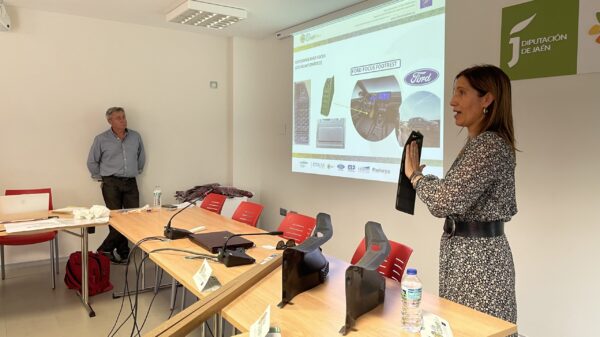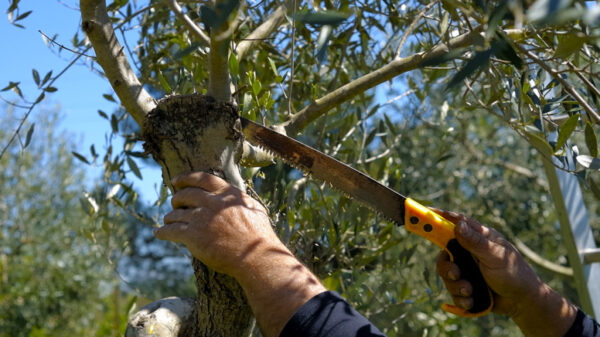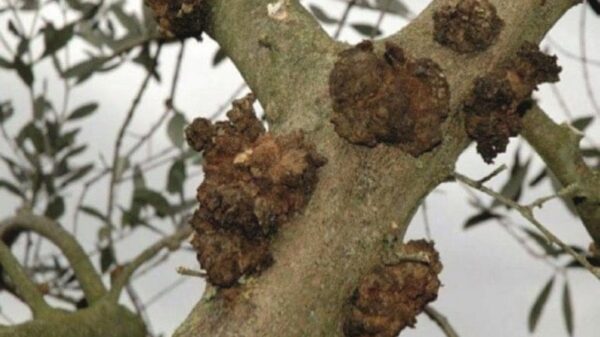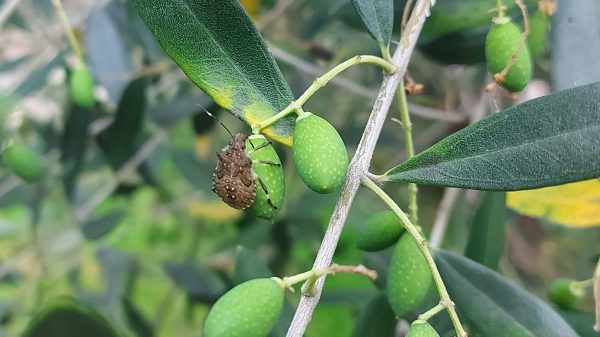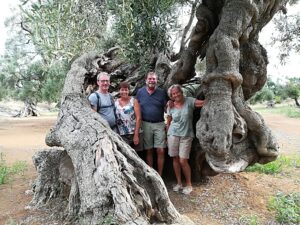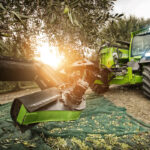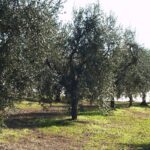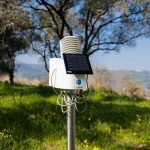During the session of the National Olive and Oil Academy held in Casoli (CH) and dedicated to the recovery of abandoned olive groves in the Apennines, Enrico Maria Lodolini (in the picture), researcher at CREA – Research Center for Olive, Fruit and Citrus Growing, presented a study conducted in collaboration with researchers from theMarche Polytechnic University which had the objective of evaluating the best ones reform pruning strategies on abandoned olive groves but with potential for recovery. All starting from the assumption that Italian olive growing is still today represented in the majority by a high number of traditional olive groves with irregular planting layouts, low densities, large trees, presence of several stems, high alternation of production. All these conditions, often combined with steep slopes of the plots, limit the mechanization of some cultivation practices and determine high management costs leading to abandonment.

Just to cite some numbers: the agricultural census estimates that, from 2010 to 2020, 11% of areas planted with olive trees was lost, but the feeling is that this percentage stands at much higher levels, even over 30%. Hence the objective of the research conducted: can these olive groves be recovered, become fully productive again and generate income?
They have been taken into consideration five traditional olive groves in different Italian regions (Umbria, Lazio, Puglia, Calabria and Sicily) with the representative variety of each area (Moraiolo, Leccino, Cima di Bitonto, Carolea and Nocellara del Belice, respectively). On trees with heavily aged crowns, two strategies have been adopted reform pruning (and rejuvenation), with the aim of obtaining a final form of cultivation in a polyconic vase with free foliage:
• intense, with selection of the primary branches and research of the final skeletal structure of the crown;
• light, with selection of the final structure carried out progressively over the years.
Both types of pruning have been done for four consecutive years, (from 2019 to 2022), during which the vegetative response in terms of suckers and suckers emission, the pruning times and the quantity of removed material divided into shredded (branches below 8 cm in diameter) and non-shredded (wood at above 8 cm in diameter), and biometric parameters of the trees (tree height, trunk caliber, canopy volume, etc.), and fruit production.
In particular, in 2019 and 2020, theintense pruning has generally stimulated a greater emission of suckers and suckers compared to light pruning, while in 2021 and 2022 no differences were recorded between the two pruning treatments. The trees were brought back to a suitable size (4/5 meters high) to carry out the interventions directly from the ground using facilitated equipment and the intervention times were contained within 10 minutes per tree for both pruning treatments in the fourth year.
Unfortunately, in the four years of research it was not possible to observe a full return to production of the reformed trees even if the trend seemed to be growing.
Were also estimated i economic benefits deriving from pruning residues, that is to say, the Wood , shredded branch to be used in the first case as an energy source (biomass or pellets) and in the second as a soil improver to be shredded on site to increase the organic matter content of the soil. The financial statement simulations, where there were large trees (such as the Carolea in Calabria) gave a significantly positive result, in the sense that the sale of non-shredded material as firewood made it possible to abundantly cover the pruning costs with a credit balance of around one thousand euros per hectare.
The trees subjected to reform pruning presented at the end of the experimentation a simplified skeletal structure a foliage with a good vegetative attitude and in the process of recovering the initial volumes and a center of gravity shifted downwards. These conditions allow, where possible, theapplication of mechanization of pruning and harvesting operations, allowing for more economically sustainable management of olive groves. Research results have confirmed that the recovery of heavily aged olive trees is possible and that, by adopting appropriate technical measures which also include defense and nutrition, the plant can be fully operational again with more than satisfactory economic results for the olive grower.



